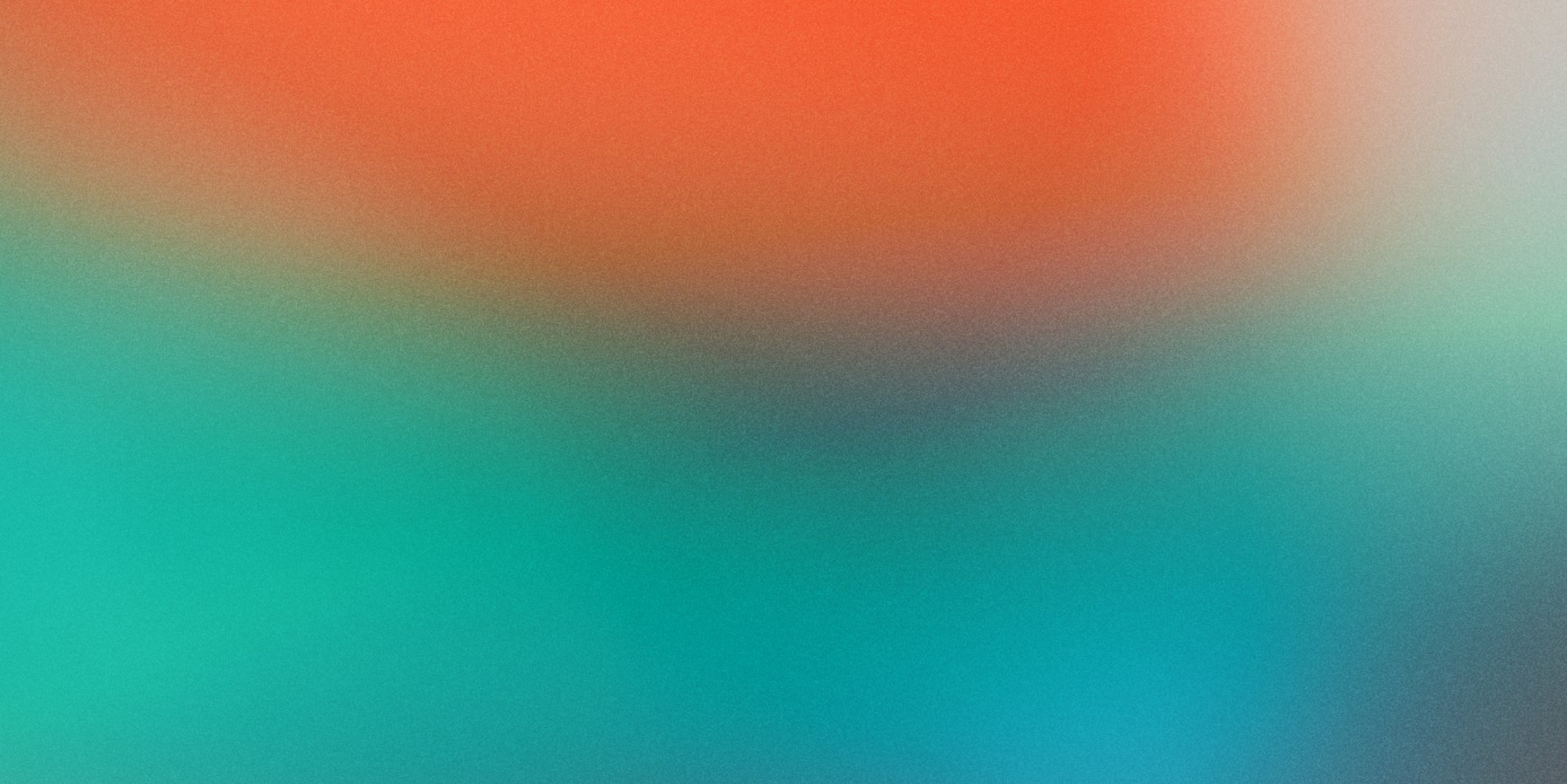
UX Design
is not about making nice-looking interfaces. It’s the collaborative effort to understand users’ needs, project constraints, and then find the highest value, most efficient, intuitive, and invisible solution possible.
WHAT I DO
Collaborate
The myth of the lone genius off somewhere toiling away creating the ultimate solution to some problem may make an enticing if ego-centric narrative but the nature of most problems today require the insights and talents only a cross-disciplinary team can achieve. UX at its best helps facilitate that creative process from beginning to end in concert with other project participants and stakeholders.
Validate
We have to make educated guesses but preconceptions should be tested. Not every decision can nor should be purely data-driven. However, when possible starting with an attitude of humble inquiry and openness to being wrong is essential to gaining the kind of insights that yield real innovation. We can test our hypotheses with prototypes and user-testing to affirm which assumptions were correct and which require iteration. Otherwise, we risk creating a solution in search of a problem and over-investing in assumptions. I call that the Field Of Dreams approach.
Facilitate
“Outcomes over output”. It’s easy to lose sight of the ultimate goal when deep into a complicated project. The most beautiful design or all the on-time deliverables in the world are useless if they don’t help end users achieve their goal. As a UX designer, my objective is help understand users’ problem and help facilitate a shared vision for a solution. Common tools such as journey maps, personas, and prototypes can go a long way toward achieving that end.
Advocate
Within any organization there are countless goals and objectives - marketing KPIs, sales goals, etc. Some shared publicly, some private agendas of individuals. UX’s role is to empathize with and advocate for the user and maintain focus on creating value.
Iterate
Evolution has worked pretty well for nature and we can apply a faster version of that process in design. Failing fast with prototypes is essential to finding the most efficient path to the best end solution. Otherwise we risk wasting time solving the wrong problem or optimizing the wrong solution. Iterating with prototypes helps keeps us from falling in love with our first idea.
Measure-ate
Design is not art. In the realm of design, good and bad are not purely a matter of subjective taste. Unlike art, we can measure how successful a design is at achieving its’ intended objective. These quantitative UX metrics can be optimized over time. An example being time to value - the average amount of time it take a user to complete a task. We can compare prototypes to see which is faster. Or qualitative research such as interviewing users about their opinions can often provide insights numbers cannot.
WHAT I DON’T
Just Make It Pretty
I’m not a decorator or an artist. Yes, visual appeal is important in building trust and that has value but UX design and visual design are not the same thing. Visual design is one of several subsets of UX Design. Visual design is more a practical matter than a one of subjective taste. Take the concept of visual hierarchy in typography. Clearly defined headers and sub-headers in a well spaced layout helps the viewer find the information they’re looking for faster.
Boil The Ocean
It is absolutely critical that every product has a vision. You don’t build a house without a blueprint. My experience has shown me over and over that when a group tries to do everything all at once nothing gets done besides a lot of unnecessary re-work. Or worse “analysis paralysis”. Likewise, being too “Lean” or “MVP-focused” can be equally detrimental to a project. We can separate the creation of a vision from the implementation of that vision. We can further separate our vision into near-term vision and long-term vision. And then implement incrementally, so we can validate assumptions and fail fast when they’re wrong.
Throw It Over The Wall
As a veteran UX Designer I’m well aware that creating a great design not where the job ends. The build phase always presents challenges causing refactoring to the original design. That’s why UX has to remain an active participant in the process from beginning to end.
Put Lipstick On The Pig
All too often UX is regarded as an after-thought and reduced to decoration. It’s a common story - weeks, months, or sadly sometimes years are spent building a product or tool and then only afterward comes the mandate to paper over the terrible experience. No thanks.